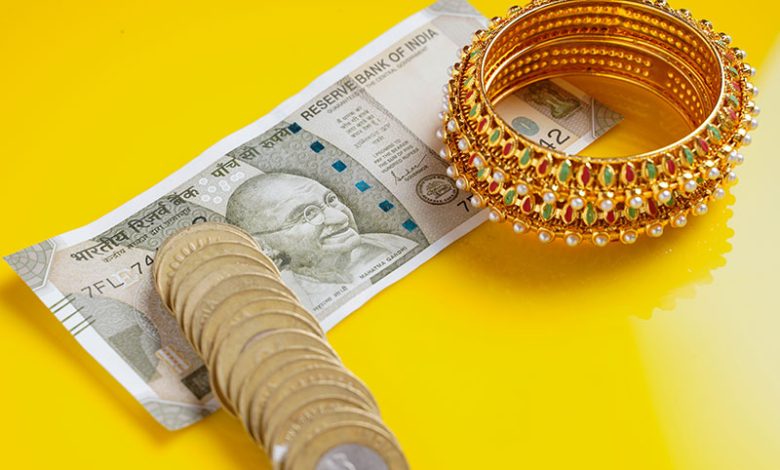The Importance Of Diamond Cut

When it comes to diamonds, the cut is a crucial factor that determines the stone’s sparkle and overall beauty. An expertly cut diamond has the ability to refract and reflect light, creating stunning brilliance and fire. The cut grade of a diamond is assigned by the Gemological Institute of America (GIA), ranging from Excellent to Poor.
To ensure your diamond sparkles to its fullest potential, it is highly recommended to choose the best cut grade within your budget. A well-cut diamond will maximize its light performance, resulting in a dazzling display of sparkle and brilliance.
When a diamond is cut to ideal proportions, the light will enter the stone and bounce around within it before reflecting back out. This phenomenon, known as light return, is what gives a diamond its sparkle. Diamonds with poor cut grades may leak light, resulting in a loss of sparkle and brilliance.
In addition to maximizing sparkle, a well-cut diamond also enhances its overall appearance, making it more visually appealing. The craftsmanship and precision in cutting diamonds require skill and expertise, ensuring that each facet is carefully aligned to optimize the stone’s brilliance.
Investing in a diamond with an excellent cut grade is a wise decision, as it guarantees that your diamond will showcase its full potential and exude unparalleled beauty. Whether you’re looking for a round brilliant or fancy-shaped diamond, the cut grade plays a significant role in determining the stone’s overall aesthetic appeal.

The Importance Of Cut Grade
The GIA cut grading system takes into account various factors such as brightness, fire, and scintillation, which are essential components of diamond brilliance. Diamonds with excellent cut grades have exceptional light performance, displaying a balanced combination of white light, rainbow-like flashes, and the beautiful scintillation that catches the eye.
On the other hand, diamonds with lower cut grades may lack the optimal balance of light performance. They may appear dull, lackluster, and fail to reflect light in an alluring manner.
When shopping for a diamond, it is important to remember that cut grade is separate from diamond shape. While the shape refers to the physical outline of the diamond—round, princess, emerald, etc.—the cut grade specifically evaluates the quality and craftsmanship of the diamond’s cut.
Choosing The Perfect Diamond Cut For Maximum Sparkle
- Round Brilliant Cut: Known for its timeless elegance and exceptional brilliance, the round brilliant cut is the most popular choice for engagement rings and other diamond jewelry.
- Princess Cut: With its square shape and sharp corners, the princess cut offers impressive sparkle and adds a modern touch to any jewelry design.
- Emerald Cut: This step-cut diamond shape showcases long, elegant facets that create a hall-of-mirrors effect, emphasizing flashes of light rather than sparkle.
- Cushion Cut: With its pillow-like shape, the cushion cut provides a combination of sparkle and a vintage-inspired charm.
Remember, the cut of a diamond greatly influences its overall beauty and sparkle. By selecting a diamond with an excellent cut grade, you can ensure that your stone shines with unparalleled brilliance, leaving a lasting impression.
Understanding Diamond Color
Diamond color is a matter of personal preference. While some prefer bright white diamonds, others appreciate the warmth of diamonds with lower color grades.
The Gemological Institute of America (GIA) grades diamond color on a scale from D to Z, with D being colorless and Z showing more color.
When choosing a diamond, it’s important to consider the color grade that best suits your preferences. Remember, there isn’t a definitive best color for diamonds, so choose the color that appeals to you the most.
The GIA Color Scale
The GIA color scale starts with D, which represents a completely colorless diamond. As the scale progresses towards Z, the diamonds show increasing traces of yellow or brown. However, it is important to note that beyond the Z grade, diamonds are classified as fancy color diamonds, which are evaluated based on a different grading system.
Here is a breakdown of the GIA color scale:
- D – Colorless: These diamonds are exceptionally rare and exhibit no traces of color, providing a bright white appearance.
- E-F – Near Colorless: These diamonds are also considered colorless to the naked eye, with only minute traces of color that are difficult to detect.
- G-H – Very Light Color: These diamonds may display a slight hint of color when compared to higher grades, but they still appear nearly colorless when set in jewelry.
- I-J – Light Color: Although these diamonds may show a faint yellow or brown hue, they can still be a budget-friendly option and offer a beautiful appearance.
- K-Z – Noticeable Color: These diamonds show increasing traces of color, with stones in the K-Z range displaying more noticeable yellow or brown tints. Some individuals find these warm and unique colors appealing.
Ultimately, the choice of diamond color depends on your personal taste and the type of jewelry you envision. Whether you prefer the classic and timeless brilliance of a colorless diamond or the distinct charm of a diamond with a lower color grade, there are exquisite options available to suit your style.
The Clarity Of Diamonds
Diamond clarity is a critical factor to consider when purchasing a diamond. Clarity refers to the presence of natural flaws within the diamond, known as inclusions. These inclusions can range from tiny specks to more noticeable blemishes. The clarity of a diamond directly impacts its sparkle, as diamonds with fewer visible inclusions reflect more light, resulting in a superior level of brilliance.
The Gemological Institute of America (GIA) has established a diamond clarity scale that grades diamonds based on the presence and visibility of inclusions. The scale ranges from FL (flawless), where no inclusions are visible even under 10x magnification, to I (included), where inclusions are clearly visible to the naked eye. The clearer the diamond, the higher its value and price.
When selecting a diamond, it’s essential to balance clarity with other important factors such as cut, color, and carat weight. A higher clarity grade might come at a higher cost, but it may not always be necessary, as slight inclusions are often undetectable to the naked eye and do not affect the overall beauty of the diamond.
By understanding the clarity scale and evaluating the inclusions within a diamond, you can make an informed decision that aligns with your preferences and budget. Remember that an experienced jeweler or gemologist can guide you through the selection process, helping you choose a diamond with the right balance of clarity and other desirable features to achieve your desired sparkle and brilliance.




